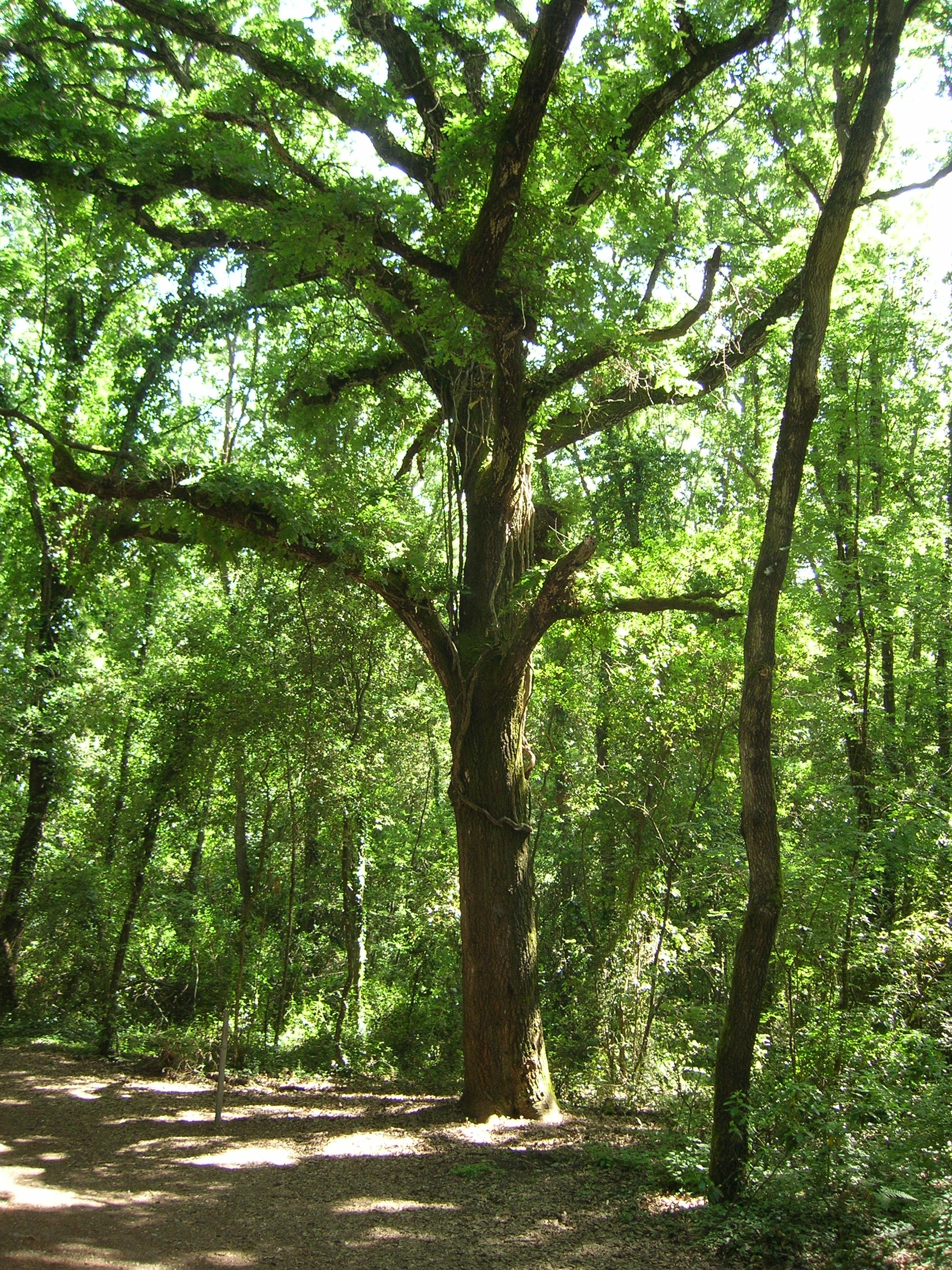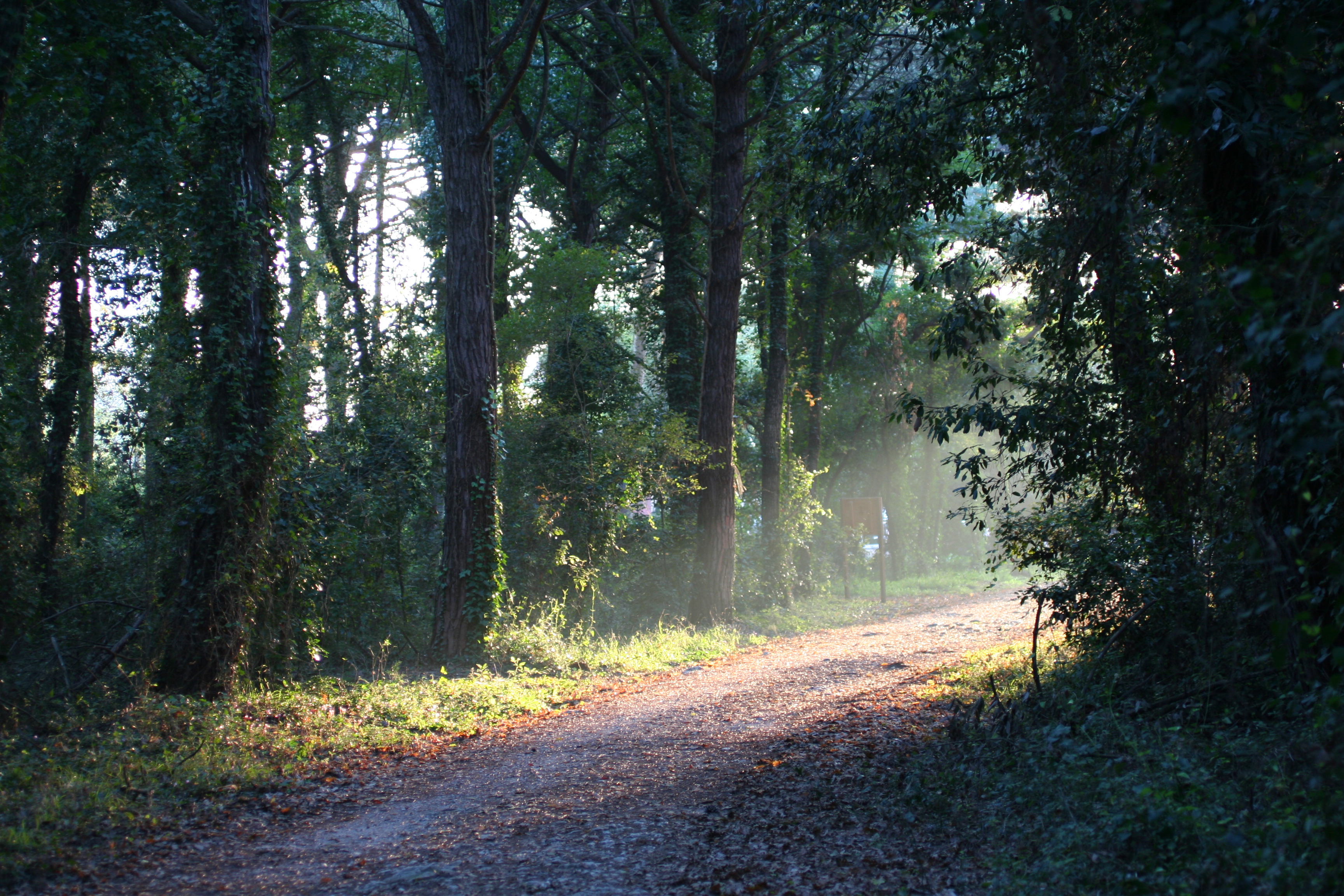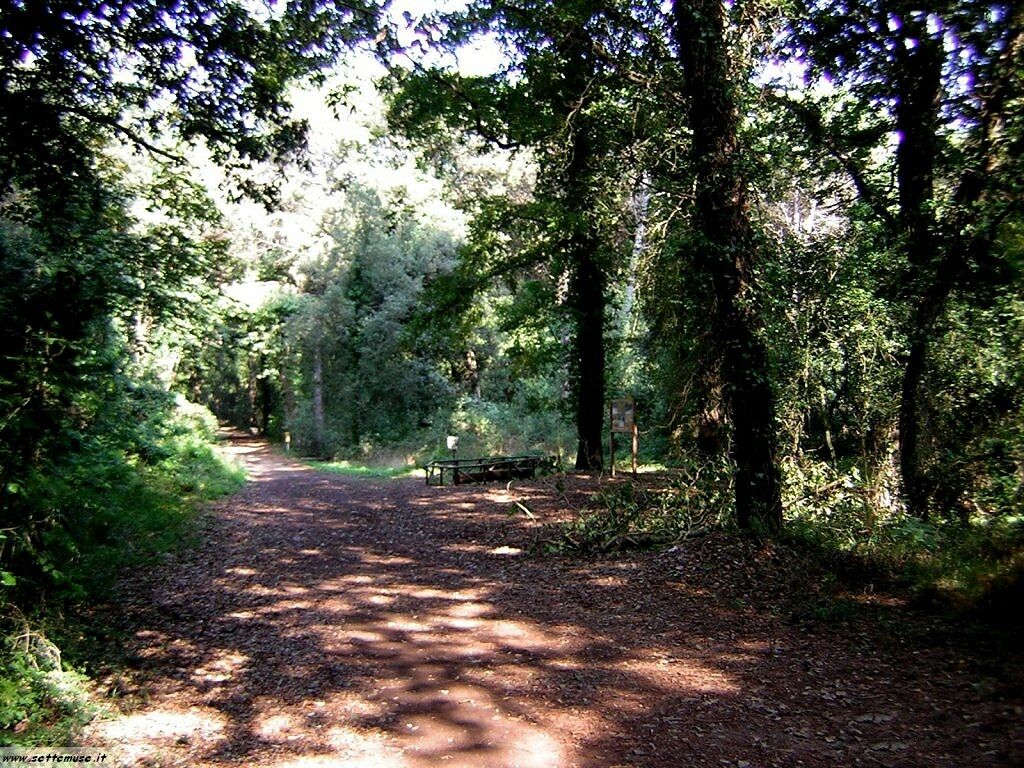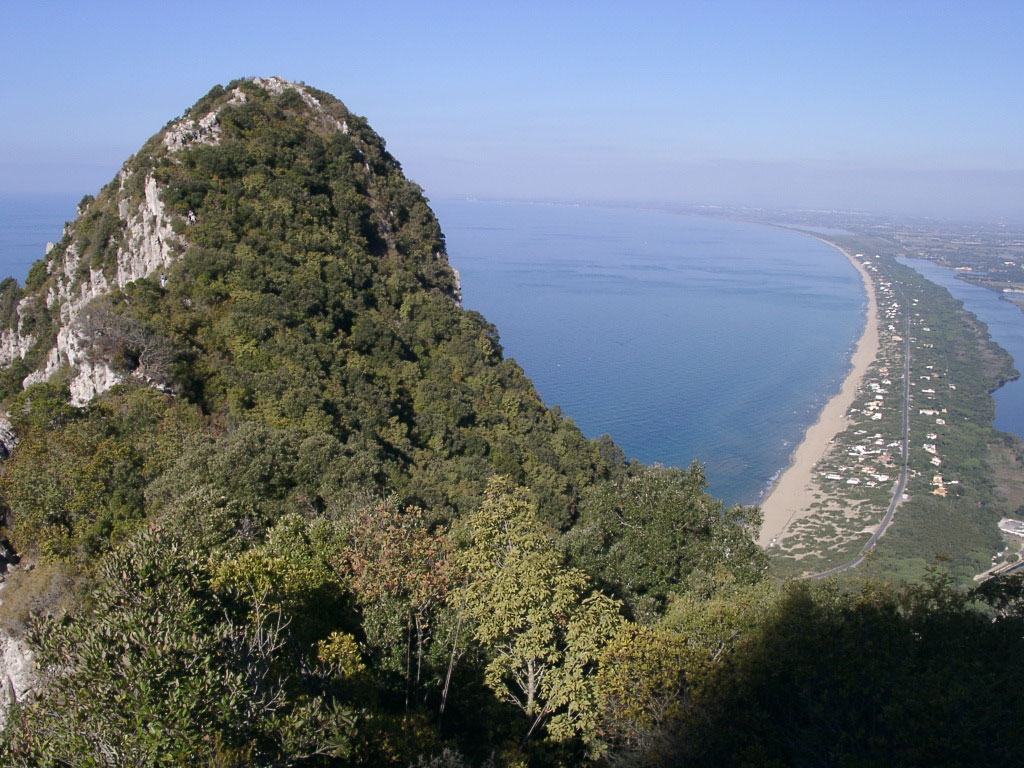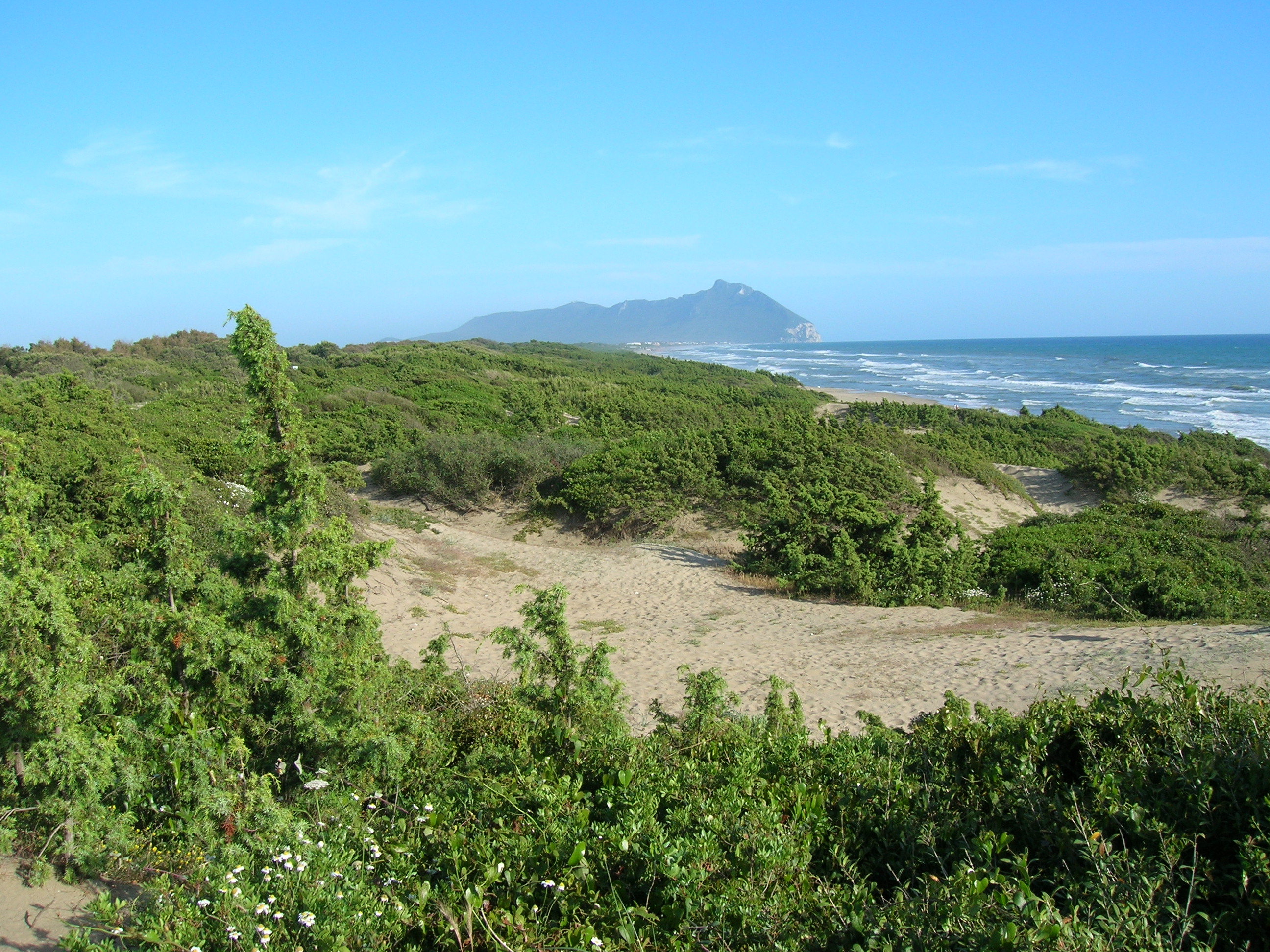
Circeo National Park
This post is also available in:
 Italiano (Italian)
Italiano (Italian)
The Circeo National Park was established in 1934 with the aim of protecting very different natural environments: a promontory, an island, over 20 kilometers of dunes overlooking the sea, four coastal lakes, over 7.400 acres of forest, the historical centers of Sabaudia and San Felice.
In the 1930s a major reclamation work of the Pontine marshes was undertaken, along with the chopping down of the Terracina forest: both aimed at creating huge agricultural areas, managed through a system of farms and new settlements. The popular concern about the abrupt disappearance of one of the most interesting natural areas prompted the creation of a National Park.
In 1975, further expansion was authorized, with the inclusion of the coastal lakes of Fogliano, Monaci, and Caprolace, in one of the most important coastal wetlands in Italy. Since 1979, the Circeo Park has also included an island: the uncontaminated one of Zannone.
FLORA
An intricate network of pathways welcomes the visitors on foot or by bike, running across many different types of lush vegetation. There are Turkey oaks (Quercus cerris), Hungarian oaks (Quercus frainetto), pedunculate oaks (Quercus rubur), narrow-leafed ashes (Fraxinus oxycarpa), common alders (Alnus glutinosa) , and some common aspens (Populus tremula).
In the undergrowth, one can find butcher’s brooms (Ruscus aculeatus), common brackens (Pteridium aquilinum), and wild asparagus (Asparagus acutifolius).
Herbaceous plants include common rushes (Juncus effusus), purple loosestrife (Lhytrum salicaria), fine leaf water dropworts (Oenanthe aquatica), greater pond sedges (Carex riparia), water mint (Mentha aquatica), and water flags (Iris pseudacorus).
FAUNA
As for the fauna, the forest is home to wild boars, badgers, foxes, hares, hedgehogs, dormice, and the fallow deers. Also common are tortoises, green lizards, four-lined snakes, green whip snakes, Aesculapian snakes, common vipers, tree frogs, and emerald toads.
Many species of woodpeckers, diurnal birds of prey, nocturnal birds, and passerines have nested here, including black kites, honey buzzards, Eurasian hobbies, owls, tawny owls, tits, wrens, creepers, and the finches.
This post is also available in:
 Italiano (Italian)
Italiano (Italian)
Contatti
Via Carlo Alberto 104 - Sabaudia(LT)
0773 512240
segreteria@parcocirceo.it
